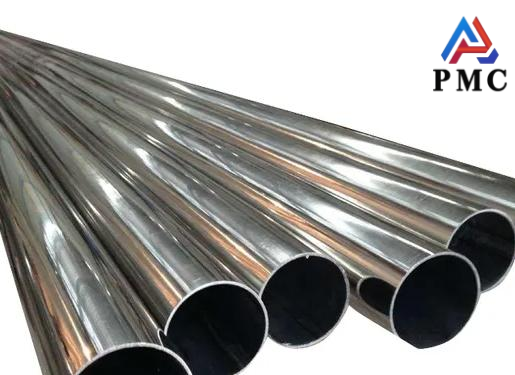
Causes and Detection Methods of 316 Stainless Steel Pipes Leakage
316 stainless steel pipes are often used in industrial pipelines such as petroleum, chemical, and food, which have high requirements for the weld quality of the pipes, such as allowing for leaking welds. During welding, if the workers are not proficient in welding techniques, or if welding is not checked in time, welding leaks may occur.
Causes of Welding Leakage of 316 Stainless Steel Pipes
It should be known that weld leakage usually refers to the process in which there are unwelded welds during welding, and weld leakage can easily cause quality accidents.
There are generally several reasons for welding failures. It may be that the current is too high and the welding is not possible, or the current is too small and the welding is not possible. Just adjust the appropriate current. Maybe the welding gun is not aligned left to right or the welding gun is too high. The machine adjuster can align the welding gun. There may be no argon gas, and the welding fire is not concentrated. Just replace the argon gas; There may be water or oil on the mold and steel strip, causing the welding fire to be unfocused. There will be no problem if you use thinner, turpentine or toluene to clean the steel strip.
316 stainless steel pipes leak detection methods
Take preventive measures, increase flow quality inspection and increase the frequency of final inspection to prevent leaking and empty welding, and do not hand over to the next process if unqualified. Therefore, it is very necessary to use some methods to detect leaking welding.
To detect whether the 316 stainless steel pipe has leaks, color flaw detection can be used. Color inspection is a non-destructive testing method. It is a surface inspection method used primarily to detect surface damage such as cracks that are not visible to the naked eye. It is a surface inspection method that is mainly used to detect surface damage such as cracks that cannot be identified by the naked eye, such as detecting near-surface defects (cracks), pores, porosity, and separation and defects of 316 steel pipes such as layers, lack of permeability, and lack of fusion (also known as PT inspection). It is suitable for inspecting dense metal materials (welds), non-metallic materials and defects (cracks, holes, etc.) on the surface of products.
The basic principle of dye penetrant testing is to cover the surface of the material with a dye, which then penetrates into the damaged part. After a period of time, rinse off the colorant on the surface. Apply developer to the developed surface. Because the colorant penetrates into it, the damaged part of the 316 stainless steel pipe can be clearly seen.

Infrared solder joint detection equipment is usually used to detect whether there is solder joint leakage. Infrared solder joint detection is a non-destructive test that uses the method of measuring the infrared radiation of components to obtain the surface temperature or temperature distribution to determine whether there are internal defects in the operating state. If welding omission is found, the equipment will send out an alarm message, and the production machine will automatically cut off the 316 stainless steel pipe corresponding to the alarm to prevent the missed pipe from flowing into the next process.
The above is the content of the causes and detection methods of 316 stainless steel pipe leakage. There are many reasons for leakage, and it is difficult to determine which one, and preventive measures must be taken. To detect whether the pipe is leaking, you can use color flaw detectors and infrared leakage detection equipment. Leakage will cause certain economic losses and waste, so the weld seam of 316 stainless steel pipes must be inspected to prevent leakage and incomplete penetration of the welded pipe.
Read more: How to Weld 316 Stainless Steel Pipes?


